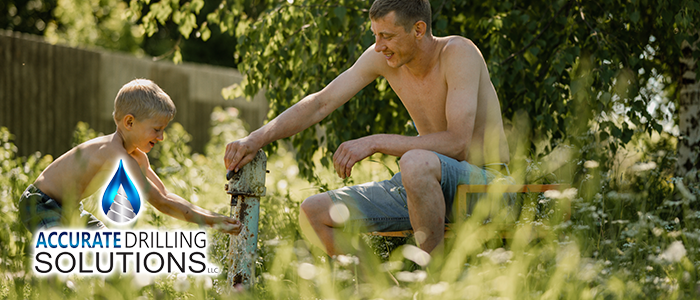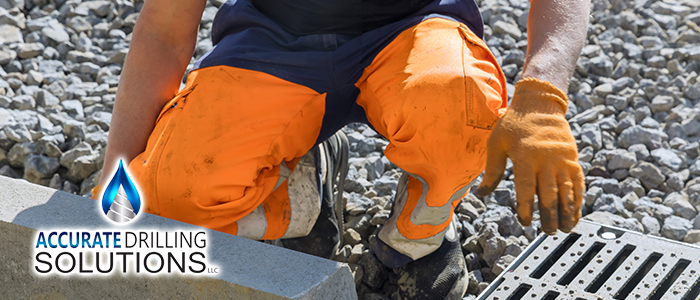
Evaluating Your Land For Well Placement
This article will take you through the process of evaluating a piece of property that you are considering drilling upon and how well placement might be affected. Although it’s essential to ensure the property has a good well location, many other factors are involved in determining whether you should drill a well.
You must understand these steps to evaluate the potential for a water well on your property. Of course, some are more important than others, but each can provide valuable information.
Land Location for Water Well Placement
Get to know your property. Try to learn as much as you can about your site before you begin drilling a test hole. Things like changes in elevation, local geology, and wildlife are good things to know about, but remember that these things may be fine for one type of well and not so great for another.
You need to know the legal description of the property, which will be stated in terms of section, township, range numbers, and quarter sections within the area. This information is helpful in finding the property on maps of various types.
Check The Area for Other Wells
Contact the local county office of the Department of Natural Resources to find out whether the well on your property has been adequately cased. Your county Department of Natural Resources in Washington State (DNR) maintains an online database that lists all recent wells drilled in the state.
This agency will have records of all wells in your area. If records indicate a good chance you have an underexploited aquifer on your property, you may want to drill another well. Just call your local county office, and they’ll find out whether there’s water available for pumping in your area.
Check Various Maps
Geologic maps, topographic maps, and aquifer maps can provide information about an area’s geology and topography. Knowing the materials exposed at the surface and the type of rocks found in an area can help you assess whether a specific location will yield groundwater to wells. These maps also show where the groundwater is located, which can help you determine whether or not there will be enough water for wells in an area.
Learn The Area’s History for Water Well Placement
Get to know your neighbors. Not only do they have gossip, but they may have the knowledge to share on local well drilling activity. If you’re curious about your neighbors’ wells, talk to them. They may not have submitted paper records, especially if their wells are older, but they can still tell you the history of the well’s production.
Make sure you ask about the land’s use to help determine if you are using the same aquifer. In talking with your neighbors, you can get a sense of how the water level changes through the seasons. Your neighbor, who has lived on a farm all their life, may remember stories about drought years when they had to drill a new well or install a pump.
Then finally, choose an excellent well drilling company! Our experts at Accurate Drilling would be more than happy to help you with all your drilling needs.
continue reading
Related Posts
Water Wells: The Hidden Gem for Fire Protection Do you
Drilling Down on Well Drilling: FAQs and Answers Are you
The Role of Water Wells in Sustainable Living Sustainable living






